Los conocimientos basados en la evidencia sobre los signos físicos han evolucionado en gran medida en los últimos años, lo que ha definido mejor cómo los hallazgos físicos permiten identificar patologías, solucionar problemas clínicos y predecir la evolución de los pacientes. Esta 5ª edición de Diagnóstico físico basado en la evidencia es un recurso actualizado y especializado para guiar la interpretación de los signos físicos y permitir a los lectores determinar cuál es el hallazgo físico más apropiado para confirmar un diagnóstico. Esta obra definitiva incluye más de 200 estudios nuevos y ayuda a obtener la máxima información de lo que se ausculta, se ve y se palpa a la cabecera del paciente. Esta información, combinada con pruebas tecnológicas modernas, ofrecerá a los médicos las claves para prestar una magnífica asistencia a sus pacientes.
-
Destaca los signos físicos más importantes necesarios para determinar el trastorno o patología subyacente. El Dr. Steven McGee, autor de prestigio internacional, muestra a los lectores cómo minimizar las múltiples pruebas necesarias para confirmar un diagnóstico, ahorrando tiempo y dinero tanto al médico como al paciente.
-
Está diseñado con un formato cómodo para los lectores e incluye numerosos cuadros y escalas de MBE.
-
Incorpora actualizaciones exhaustivas a lo largo del texto, como nueva evidencia sobre el valor científico de la prueba de Romberg (estenosis espinal), la oximetría paradójica (taponamiento cardiaco), la platipnea (enfermedades hepáticas), el tamaño de la pupila en el ojo rojo (glaucoma agudo) o la prueba de tarareo (hipoacusia), entre otras.
-
Todos los capítulos comienzan con una lista de Puntos didácticos clave para los lectores que deseen resúmenes de rápida lectura y como recurso para elaborar lecciones concisas a la cabecera del paciente.
-
Se complementa con la calculadora en línea basada en la evidencia de Elsevier, que permite determinar la probabilidad utilizando cocientes de verosimilitudes.
-
Incluye acceso al ebook de la obra, en inglés, a través de Expert Consult. Este recurso electrónico permite realizar búsquedas en el texto, las figuras y las referencias bibliográficas del libro desde diversos dispositivos.
PART 1 Introduction. 1. What is Evidence-Based Physical Diagnosis? PART 2 Understanding the
Evidence. 2. Diagnostic Accuracy of Physical Findings. 3. Using the Tables in This Book. 4. Using the
Online EBM Calculator. 5. Reliability of Physical Findings. PART 3 General Appearance of the Patient. 6.
Mental Status Examination. 7. Stance and Gait. 8. Jaundice. 9. Cyanosis. 10. Anemia. 11. Hypovolemia.
12. Protein-Energy Malnutrition and Weight Loss. 13. Obesity. 14. Cushing Syndrome. PART 4 Vital Signs.
15. Pulse Rate and Contour. 16. Abnormalities of Pulse Rhythm. 17. Blood Pressure. 18. Temperature. 19.
Respiratory Rate and Abnormal Breathing Patterns. 20. Pulse Oximetry. PART 5 Head and Neck. 21. The
Pupils. 22. Diabetic Retinopathy. 23. The Red Eye. 24. Hearing. 25. Thyroid and Its Disorders. 26.
Meninges. 27. Peripheral Lymphadenopathy. PART 6 The Lungs. 28. Inspection of the Chest. 29. Palpation
and Percussion of the Chest. 30. Auscultation of the Lungs. 31. Ancillary Tests. PART 7 Selected
Pulmonary Disorders. 32. Pneumonia. 33. Chronic Obstructive Lung Disease. 34. Pulmonary Embolism.
35. Pleural Effusion. PART 8 The Heart. 36. Inspection of the Neck Veins. 37. Percussion of the Heart. 38.
Palpation of the Heart. 39. Auscultation of the Heart: General Principles. 40. The First and Second Heart
Sounds. 41. The Third and Fourth Heart Sounds. 42. Miscellaneous Heart Sounds. 43. Heart Murmurs:
General Principles. PART 9 Selected Cardiac Disorders. 44.Aortic Stenosis. 45. Aortic Regurgitation. 46.
Miscellaneous Heart Murmurs. 47. Disorders of the Pericardium. 48. Congestive Heart Failure. 49. Coronary
Artery Disease. PART 10 Abdomen. 50. Inspection of the Abdomen. 51. Palpation and Percussion of the
Abdomen. 52. Abdominal Pain and Tenderness. 53. Auscultation of the Abdomen. PART 11 Extremities
54. Peripheral Vascular Disease. 55. The Diabetic Foot. 56. Edema and Deep Vein Thrombosis. 57.
Examination of the Musculoskeletal System. PART 12 Neurologic Examination. 58. Visual Field Testing.
59. Nerves of the Eye Muscles (III, IV, and VI): Approach to Diplopia. 60. Miscellaneous Cranial Nerves. 61.
Examination of the Motor System: Approach to Weakness. 62. Examination of the Sensory System. 63.
Examination of the Reflexes. 64. Disorders of the Nerve Roots, Plexuses, and Peripheral Nerves. 65.
Coordination and Cerebellar Testing. PART 13 Selected Neurologic Disorders. 66. Tremor and Parkinson
Disease. 67. Hemorrhagic Versus Ischemic Stroke. 68. Acute Vertigo and Imbalance. 69. Examination of
Nonorganic Neurologic Disorders. PART 14 Examination in the Intensive Care Unit. 70. Examination of
Patients in the Intensive Care Unit. APPENDIX. 71. Likelihood Ratios, Confidence Intervals, and Pretest
Probability.

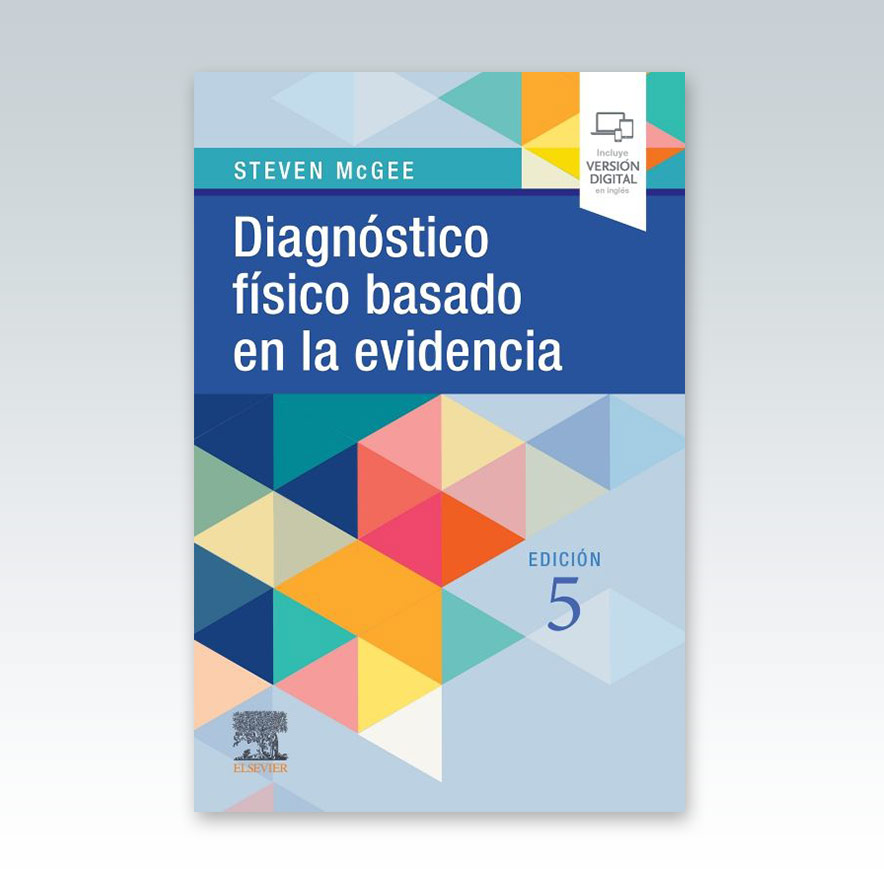

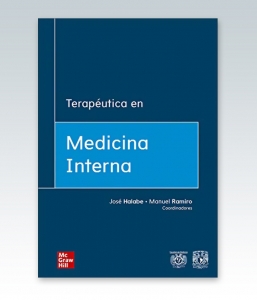
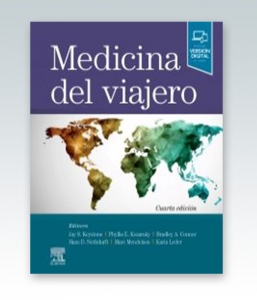
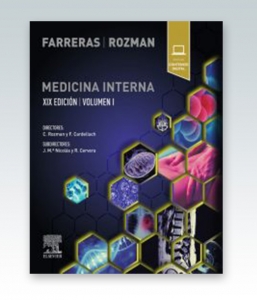






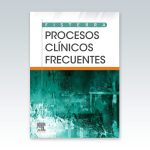
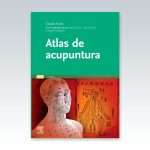
Valoraciones
No hay valoraciones aún.